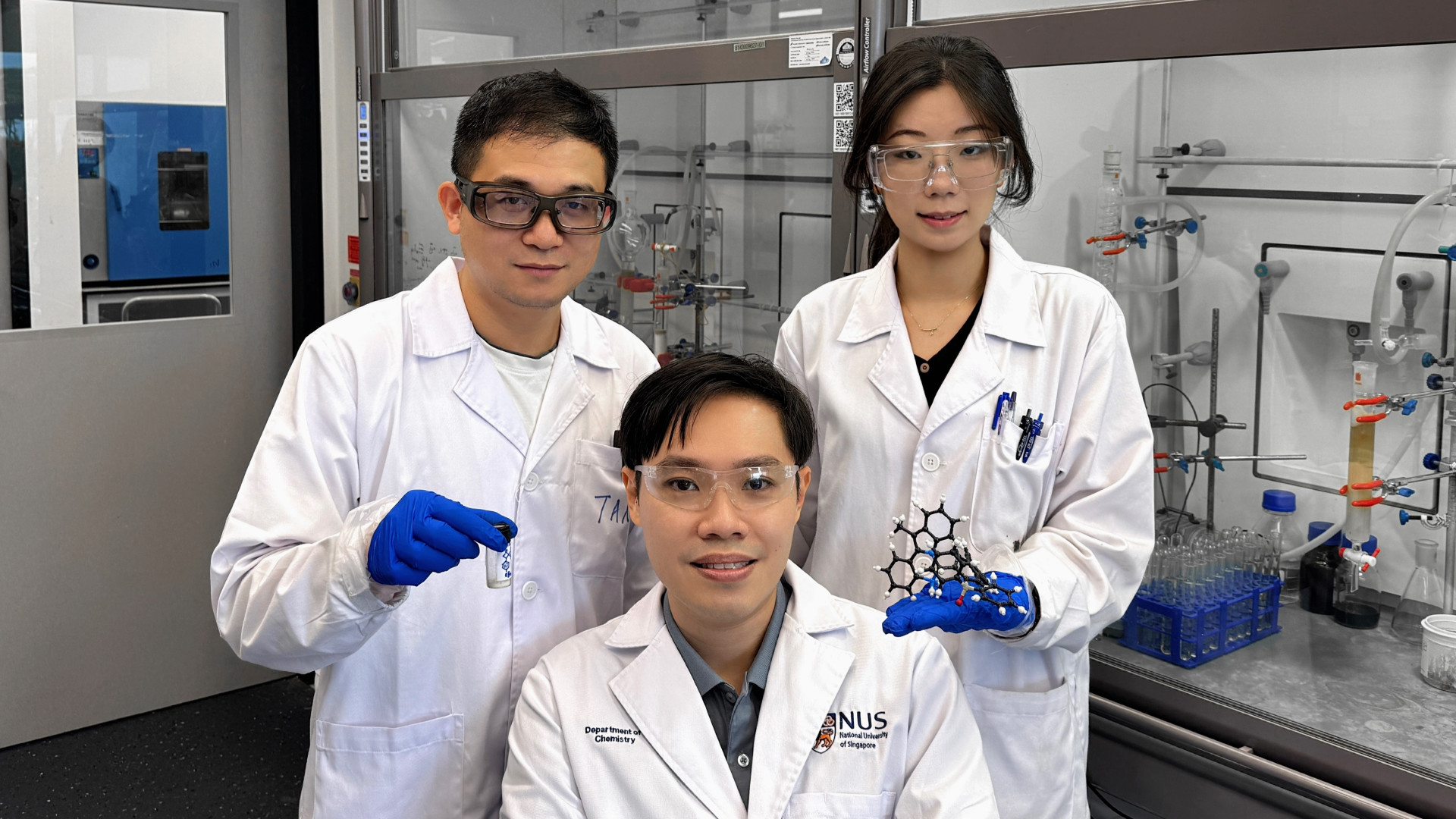
The research team led by Associate Professor KOH Ming Joo from the NUS Department of Chemistry, together with Professor Eric Chan from the NUS Department of Pharmacy and Pharmaceutical Sciences and Professor Liu Peng from the University of Pittsburgh, United States of America have pioneered a new catalytic transformation that converts epoxides into fluorinated oxetanes, a coveted but difficult-to-make class of drug molecules that escaped synthetic preparation for years. By unlocking a pathway to these valuable drug scaffolds, this discovery potentially opens the door to new medicines for drug discovery applications. The research breakthrough was published in the scientific journal Nature Chemistry on 20 February 2025.
Four-membered heterocycles such as oxetanes and β-lactones are common motifs in natural products and pharmaceuticals, with numerous examples documented in both synthetic and biological studies. The introduction of fluorine into organic molecules often imparts desirable attributes, which has contributed to successful outcomes in drug discovery. In this vein, isosteric replacement of a CH2 unit within an oxetane (or C=O group within a β-lactone) with CF2 results in α,α-difluoro-oxetanes, a prized class of heterocyclic compounds with combined attributes of small-ring heterocycles and fluorine. While these fluorinated oxetanes hold great promise as lead compounds for further development into new medicines, their synthetic preparation has largely eluded chemists.
Assoc Prof Koh said, “Traditional ways of constructing the oxetane ring cannot directly produce α,α-difluoro-oxetanes, owing to a lack of suitable fluorine-containing precursors or reagents, or both. Furthermore, traditional chemistry often leads to complications such as ring rupture, defluorination and other undesired side reactions. A new synthetic approach was clearly needed.”
Read the full article of A novel method to synthesise fluorinated oxetanes here: Novel method to synthesise valuable fluorinated drug compounds
